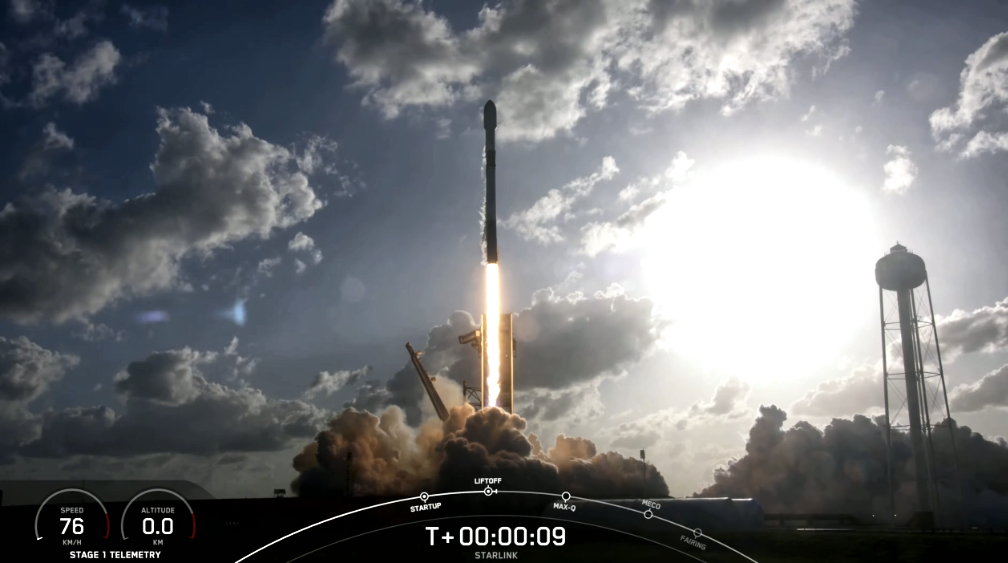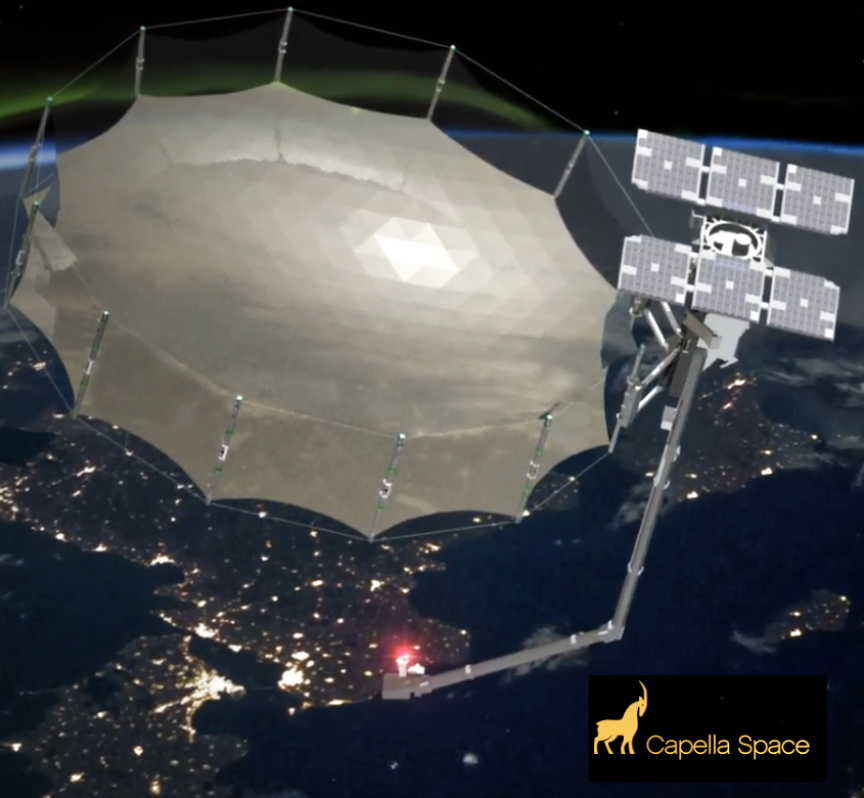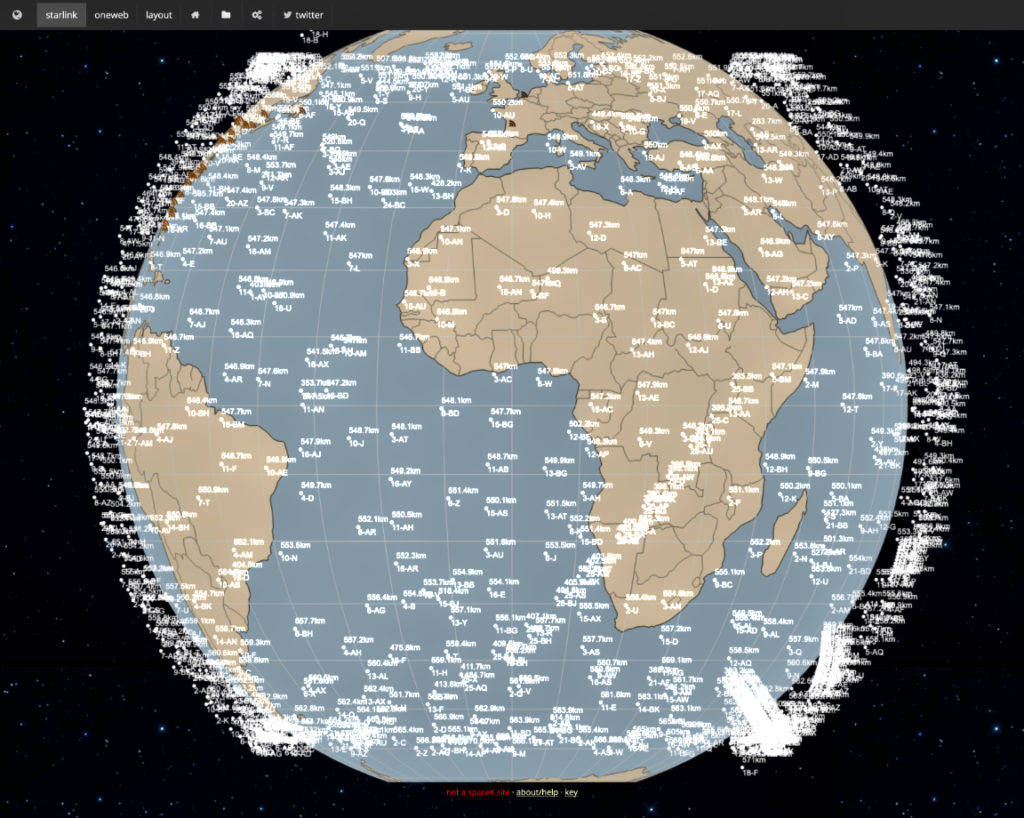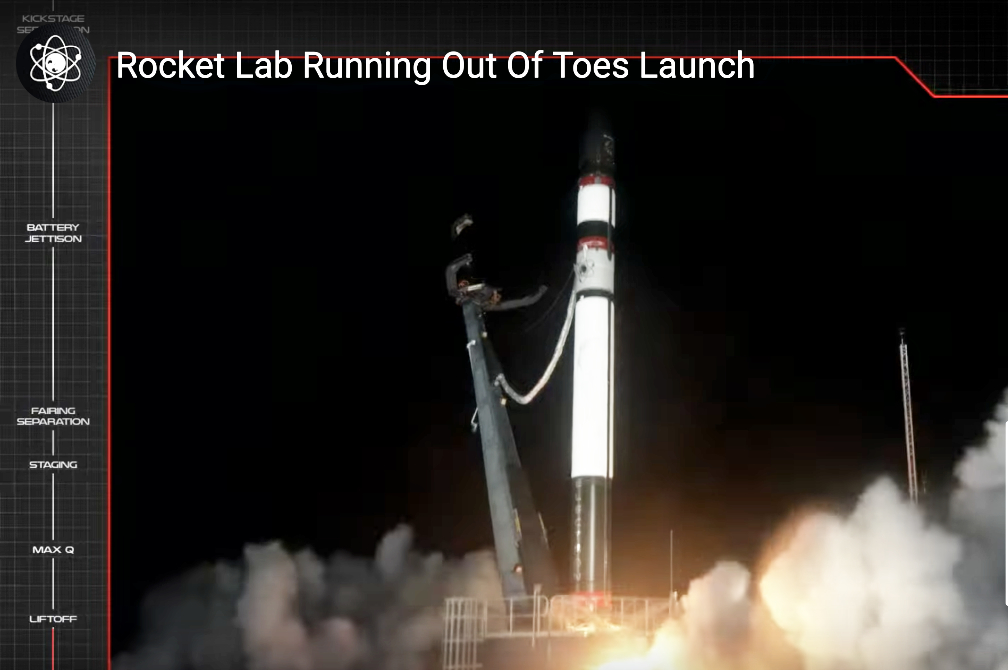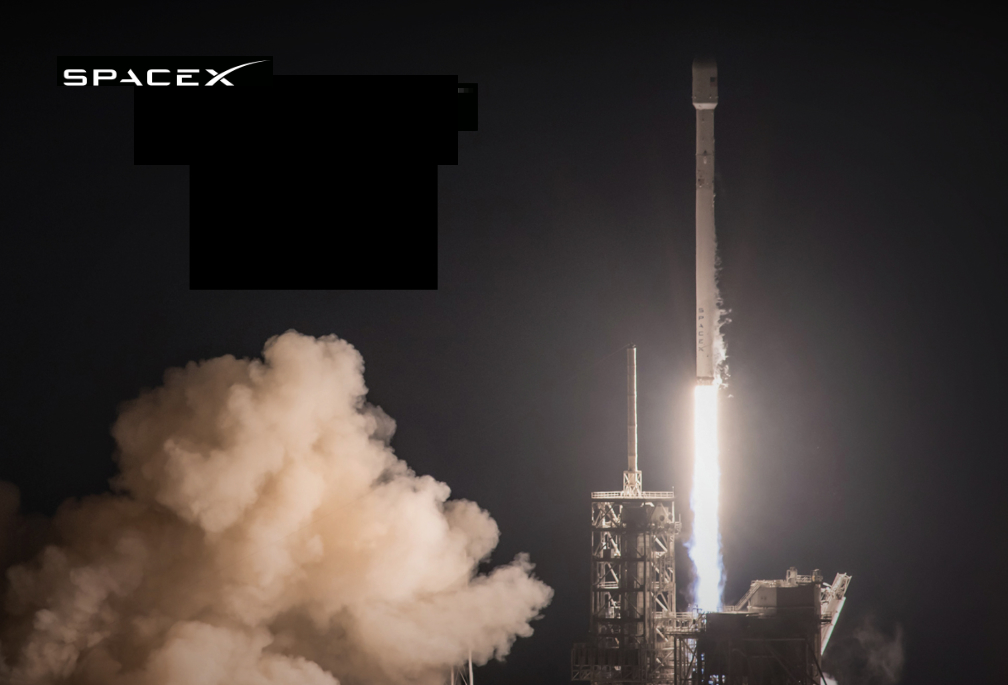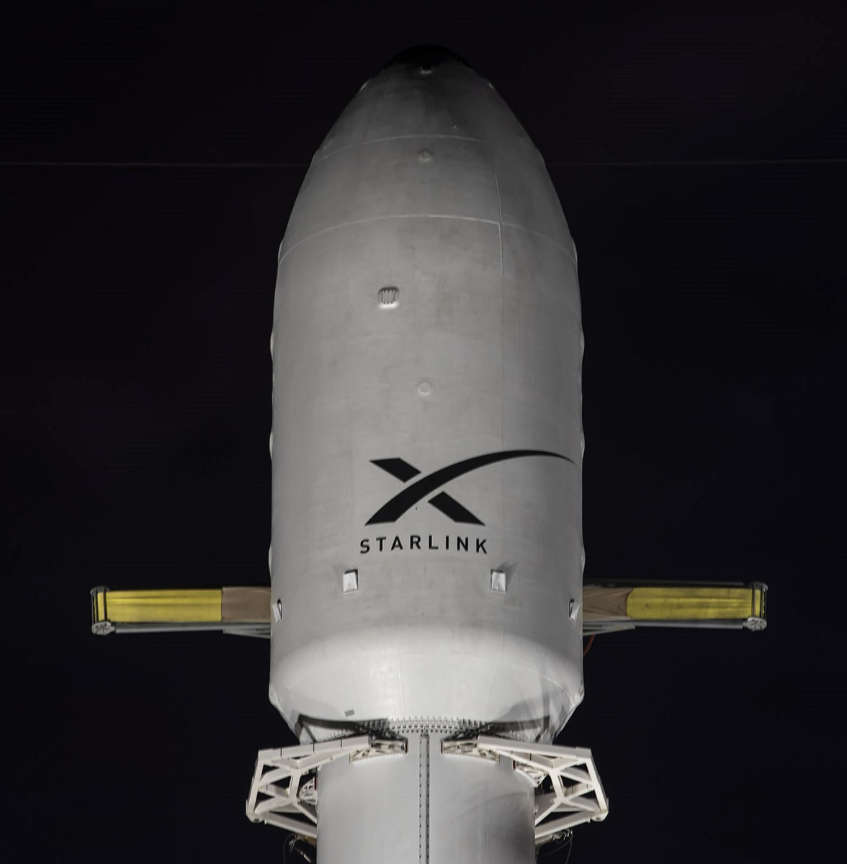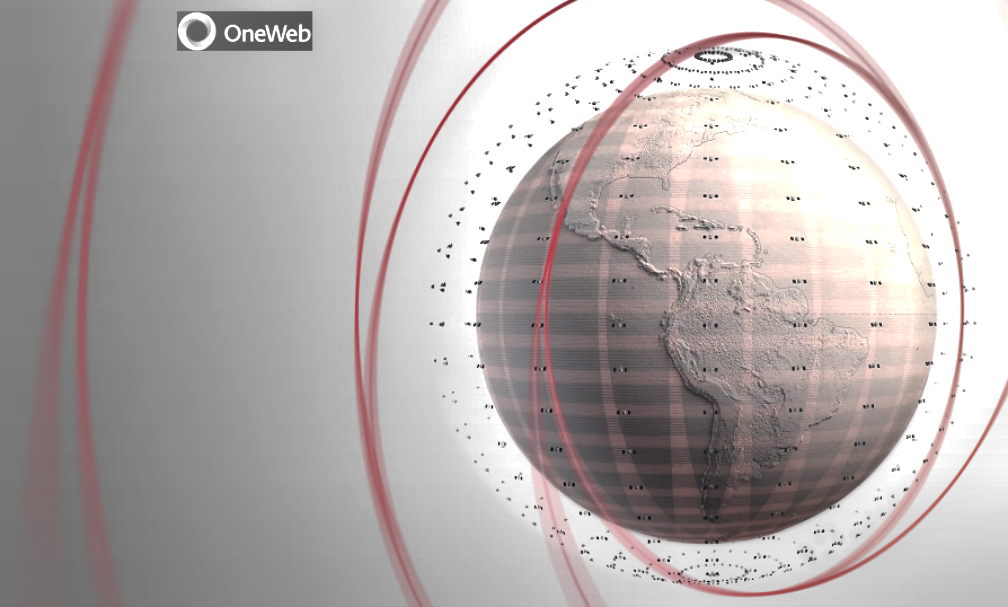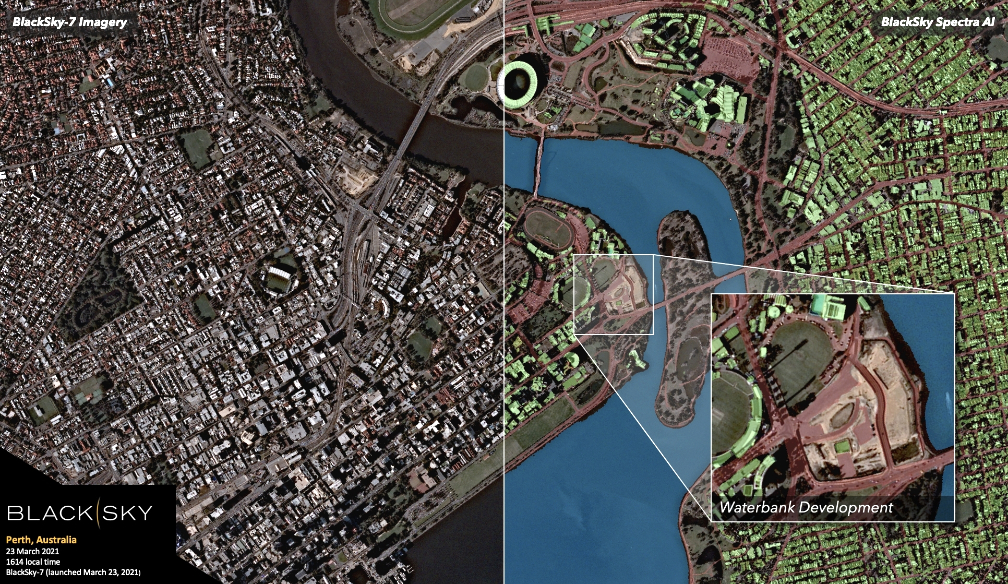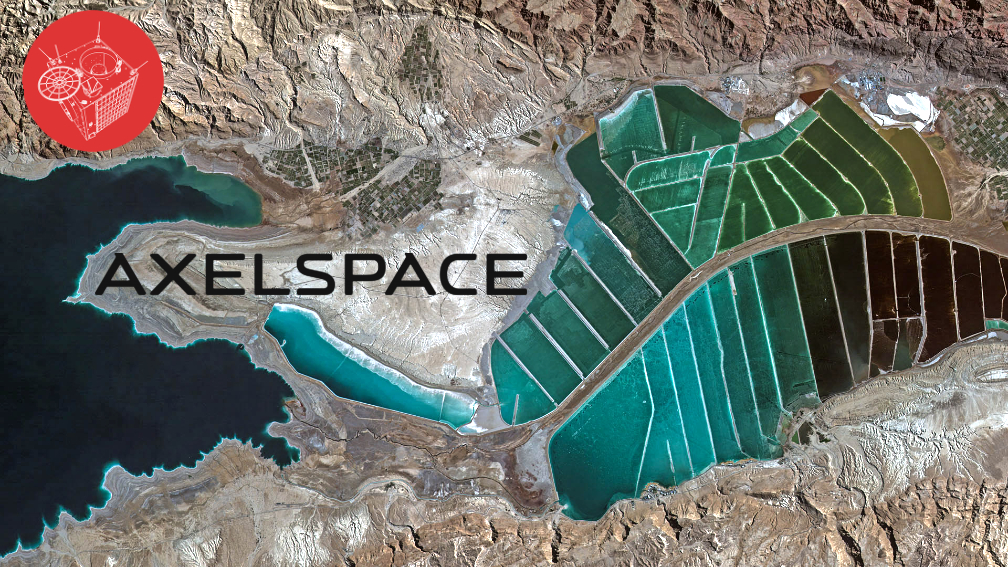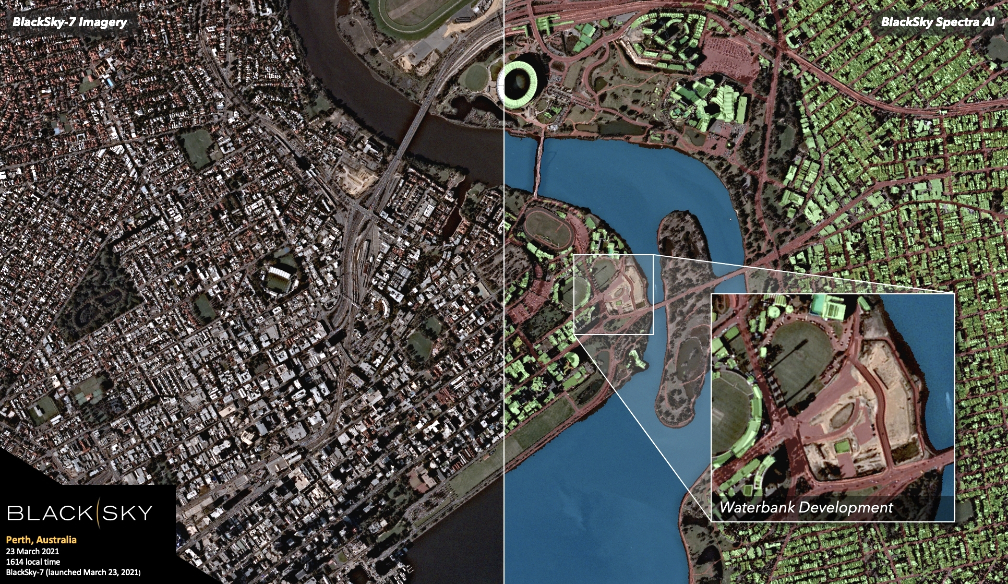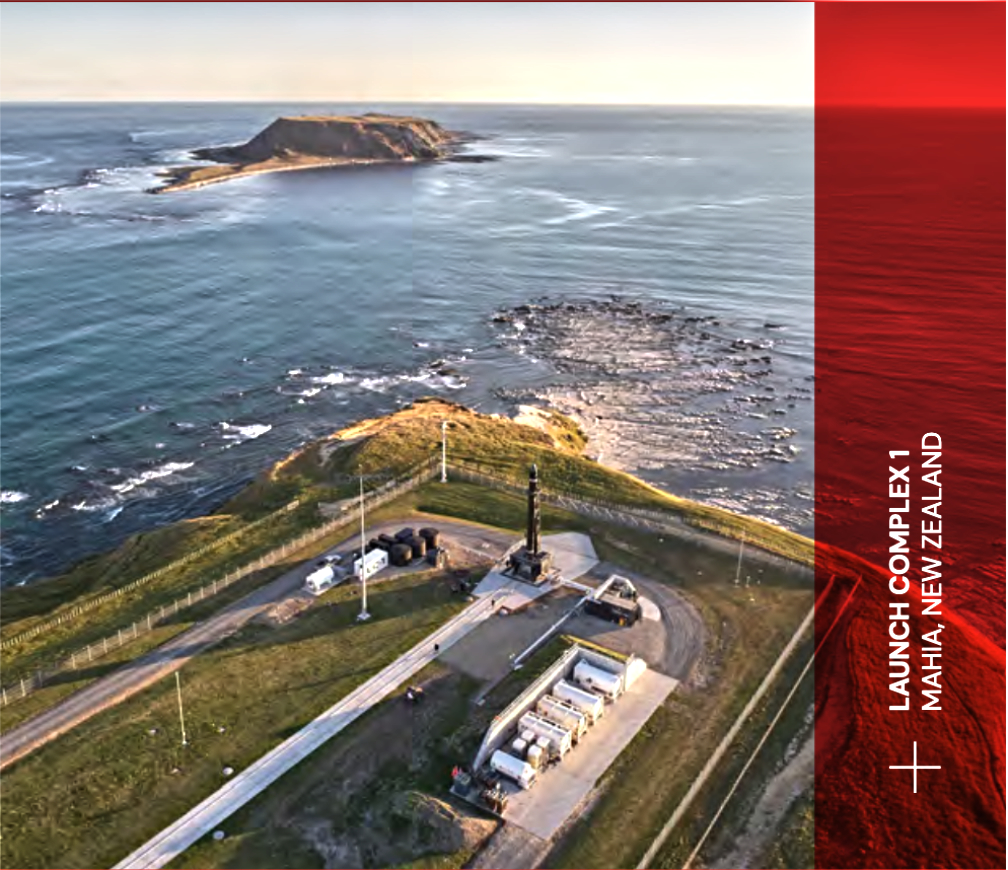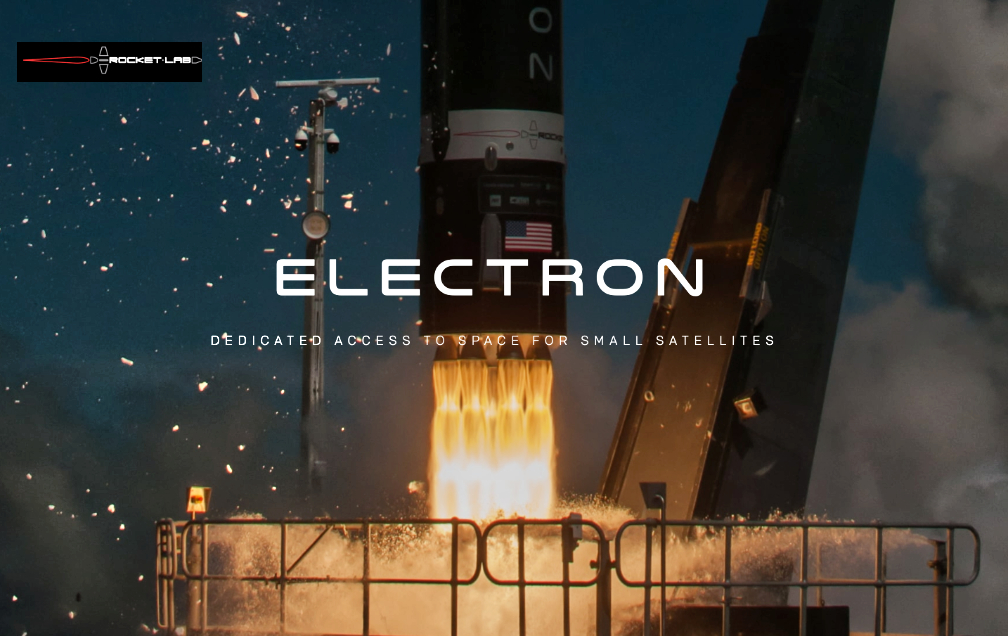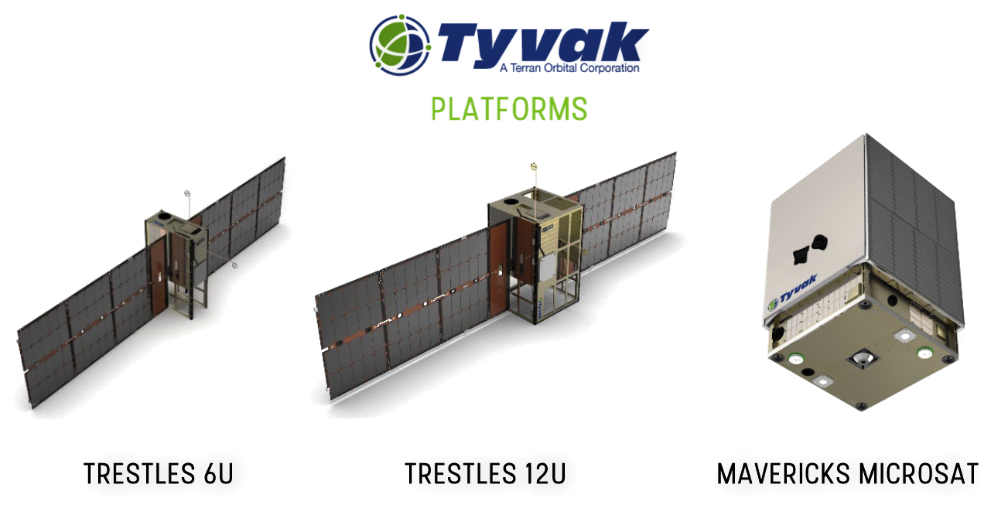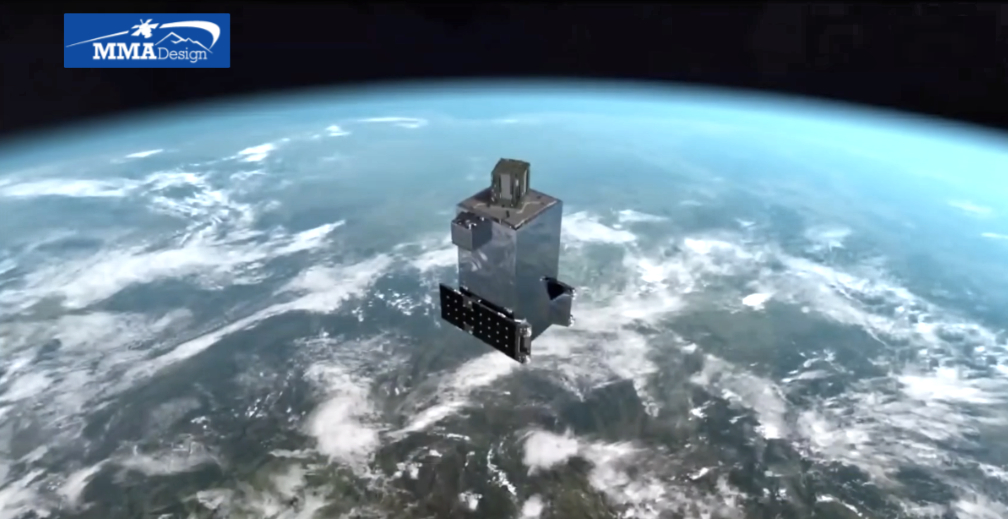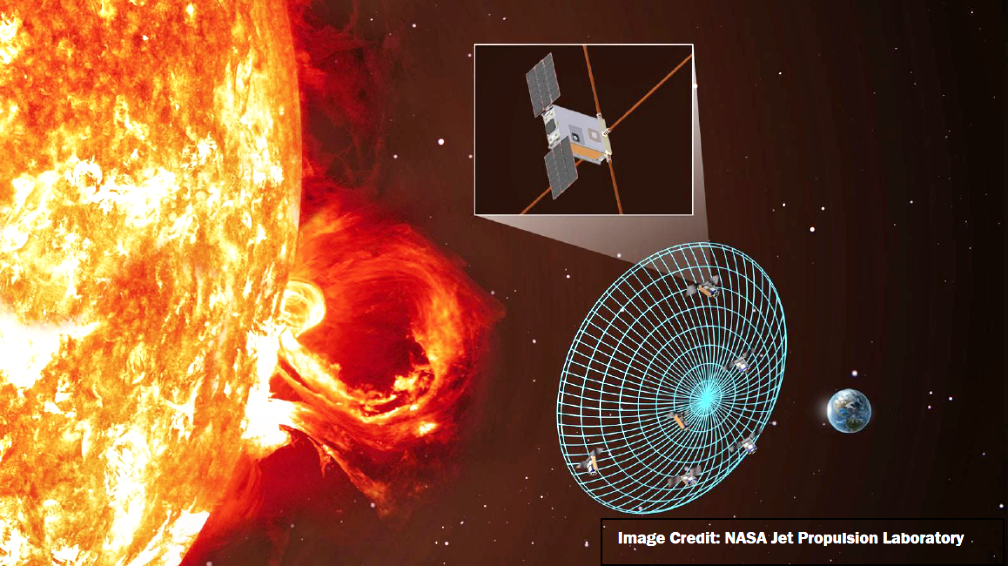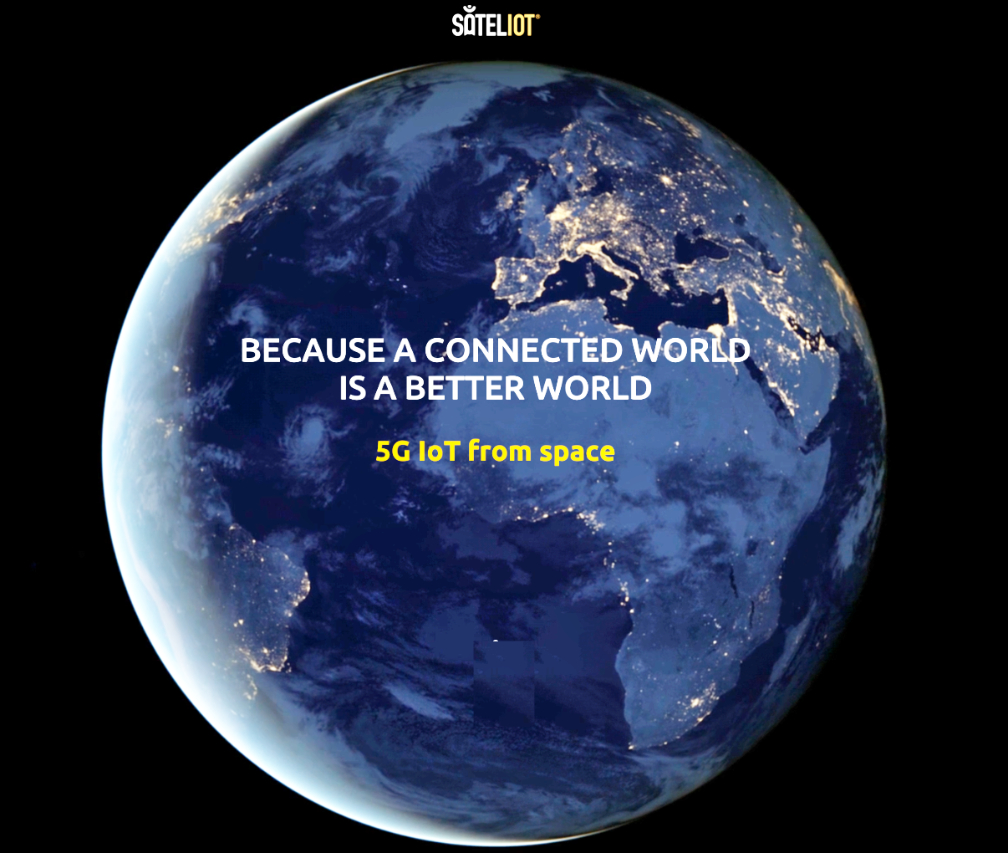
Sateliot is preparing with a dozen companies and the Spanish Ministry of Defense the deployment of a constellation of LEO smallsats that, in addition to the democratization of IoT with 5G coverage, will also enable a secure information exchange system using QKD quantum keys.

This is a cross-cutting project led by Sateliot, which will involve an investment of more than 176 million euros and has just been submitted to the Spanish Ministry of Industry as part of the Program for the Promotion of Industrial Competitiveness and Sustainability projects that will serve as a guide for the allocation of European Next Generation funds. With this project, the consortium seeks to position Spain as a world reference in 5G IoT constellations and secure global communications, enabling the Spanish industrial sector to digitize as a priority.
Precisely, this technology is part of the European Quango project that opens a new business avenue for Sateliot and stands as an evolution of the original constellation proposed by the company. This network of 96 nanosatellites, in addition to connecting IOT elements on the 5G standard, compatible with more than 70 mobile operators, will also ensure secure communication by introducing an end-to-end encryption device using QKD (Quantum Key Distribution), the first quantum technology that could be widely applied.

In this way, this constellation will allow cost savings by sharing the infrastructure originally designed with this innovative system that will be key to guarantee the secure exchange of sensitive information between organizations located thousands of kilometers away, protecting vulnerable data such as money transfers, commercial transactions, private data or the remote control of critical infrastructures from all types of external interference.
Thus, this project will respond to two of the levers considered key to economic recovery: digitalization and sustainability, as it will allow the Internet of Things (IoT) to be deployed in all productive sectors with a positive impact on the efficiency and profitability of economic activities such as agriculture, livestock, fishing, mining, construction, energy, transport and tourism. It will also respond to pressing challenges such as depopulation or the emptying of Spain.
It will also have direct applications in the Public Administration, ensuring the secure exchange of information in Ministries that work with extremely sensitive data, such as the Ministry of Defense, which is actively participating in the project, but also between ministries, city councils and areas such as Education, Health, Ecological Transition, Transport and Justice.
Currently, Sateliot has already launched the first of the smallsats that will offer IoT coverage with 5G connection, marking a milestone and positioning itself as a benchmark in the satellite telecommunications industry. The overall project, which will be fully operational by 2023, is divided into nine phases. The first of these will include the demonstration of both technologies on two satellites that will be tested gradually over the coming months.
According to Jaume Sanpera, founder and CEO of Sateliot, “With this consortium, we are taking a step forward to provide not only global connectivity but also unconditional security. Thus, with the development of 5G and QKD technologies, we will build a unique constellation in the world that will enable the digitization of the Spanish industrial sector; a fundamental advance towards its recovery after the pandemic.”
Sateliot is the first satellite telecommunications operator to provide global and continuous connectivity to all the elements that will make up the Internet of Things (IoT) universe – such as the connected car or the connected home – under the 5G protocol. Thanks to a constellation of state-of-the-art smallsats, located at low altitude and acting as mobile towers, Sateliot is the perfect complement to large telecommunications companies by providing them with the necessary infrastructure where terrestrial technologies do not reach.

